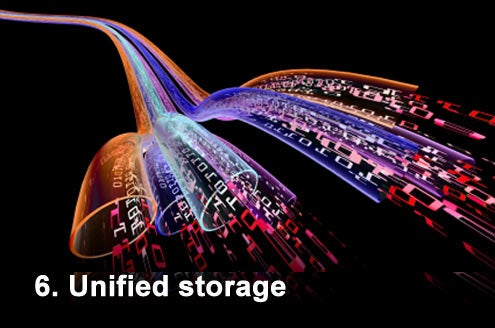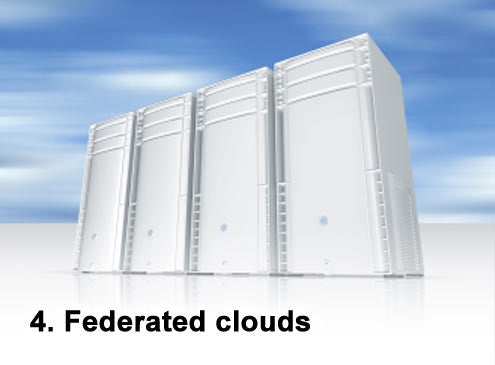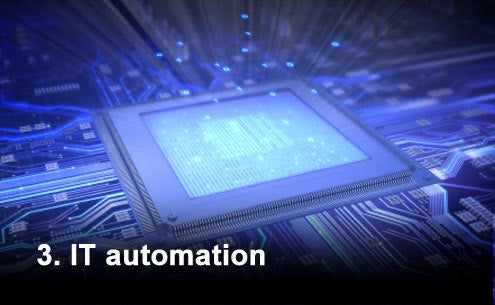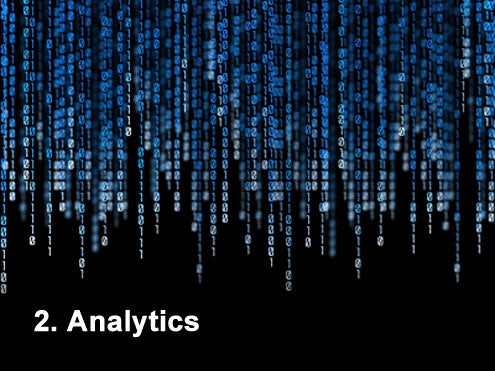Like most years, 2011 aims to start off with great promise when it comes to emerging IT technologies in the enterprise. There will no doubt be some major advances in terms of cloud computing and smarter mobile computing devices, and great leaps forward in the area of IT automation.
But 2011 is most likely to be remembered as a year in which IT organizations rediscover the need to concentrate on fundamental data management issues. If you take a close look at all the major issues that challenge IT organizations today, whether it is cloud computing, storage, security or compliance, they all point back to data management.
The simple and sad truth is that when it comes to managing data, most IT organizations have not done a very good job of it over the last several decades. The end result is that IT organizations randomly copy data all over the organization, resulting in a waste of IT infrastructure and all kinds of related potential security issues.
Now with the rise of cloud computing, IT organizations are being asked to account for how they manage data. Business leaders want to take advantage of the economic benefits of cloud computing that are made possible by sharing IT infrastructure. The only problem is that not only do most IT organizations not have the data management tools they need to manage that process securely, they don’t even know what data has the most business value to the organization. It’s impossible to have an effective data management strategy when your IT organization treats all data as if it has equal value.
The good news is that 2011 will bring a new class of tools that should automate data management. Imagine being able to ascribe a business value to classes of data so a policy engine could then automatically determine where best to store that data based on its processing requirements and sensitivity. Imagine duplicate sets of data automatically being erased by a central management system that keeps track of the relationship between sets of data across the entire enterprise. And because IT organizations are now effectively managing data, imagine that most compliance and security issues are effectively resolved as a byproduct of that effort.
Such a day is not very far off. In fact, many of the technologies needed to implement a policy-based data management strategy are already available. What’s missing in most IT organizations is the internal fortitude to put in place a real data management system, so, as a result, the data winds up managing the IT department versus the other way around.
During the course of 2011 we will hear a lot about the potential value of any number of emerging enterprise technologies. But it’s becoming real clear that unless IT organizations concentrate on the fundamentals of data management, none of these technologies will make a substantial difference in the final IT equation.
In fact, IT vendors will start to sound a lot like automobile manufacturers touting the efficiencies of their cars after encouraging customers to guzzle as much gas as possible for the better part of three decades. But instead of cars, the subject of the efficiency campaign is going to be IT infrastructure.
There are, of course, other critical emerging technologies in 2011, including unified communications, HTML5, intelligent Layer 2 switching, unified storage, business process management and data analytics. But none of them will make as much impact on the way IT is managed as next-generation data management tools.
In the meantime, IT organizations should be working on getting their IT houses in order to take advantage of all these emerging technologies. The coming year will see a lot of advancement in terms of addressing practical IT issues, but no one will really benefit from them without first concentrating on the fundamentals of IT.
Click through for 10 emerging technologies in 2011.
After years of being on the cusp, unified communications is ready for mainstream adoption.
Mobile computing devices that automatically adjust to available bandwidth and website application software will appear this year.
Web applications will incorporate lots of emerging HTML5 standards.
Networking standards such as TRILL and Shortest Path Bridging redefine data center convergence.
Where data is stored becomes much less relevant.
A much higher level of abstraction comes to BPM.
The line between private and public cloud computing blurs.
Most mundane IT management tasks will be eliminated.
The new killer app in the enterprise.
An emphasis on IT fundamentals requires new tools.













